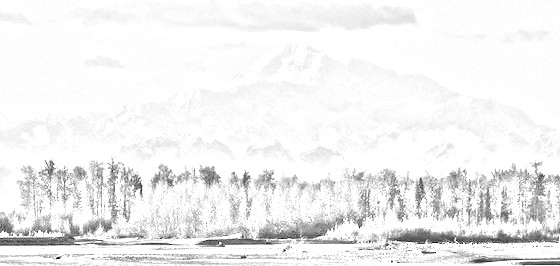

Here is what bucket-filling by line art looks like in GIMP: Bucket Fill by line art detection You can see that the algorithm actually deals with both issues previously raised (which I conveniently numbered in the same order ?)! Nevertheless I only implemented the first step of the algorithm and went with my own solution for the second step (still based on similar concepts though), because of usability issues. Actually colorizing the created closed regions, “eating” a bit under the line art pixels to ensure absence of uncolorized pixels near borders.Lines can be closed either with splines (i.e. Closing the line arts, which is done by finding “key-points” which are line edges with extreme local curvatures (we estimate them likely to be the end for unfinished lines), then closing the lines by joining the keypoints based on some “quality” criteria such as close opposite angles or maximum distances.
Gimp line tool code#
I have worked based on C++ code by Sébastien Fourey, with both his and David Tschumperlé’s input, being both co-authors of the paper.įor our needs, it basically has 2 main steps: The research paper is called “ A Fast and Efficient Semi-guided Algorithm for Flat Coloring Line-arts“. On ZeMarmot project, I also made some custom quick-colorization Python scripts which Aryeom have used for years now and which do a pretty decent job for optimizing this tedious job (though it’s still tedious!). Attending one of Aryeom’s workshop on the matter of colorization is absolutely amazing and enlightening as she can teach you a dozen of different methods, and she herself does not always use the same method (she would say it depends on the situation). Just even painting directly is sometimes the best. There are various other methods, often with the fuzzy select tool (or other selection tools), growing/shrinking the selection then bucket-filling it. Usually you get very ugly non-colored pixels next to line borders because of interpolation, aliasing or whatever (unless you draw with very hard lines) and this is not acceptable result.Ģ main problems of Bucket Fill by color similaritiesĪs a consequence, probably no digital colorists ever use the bucket fill directly.

Othertimes it may even be an artistic choice (“rougher” line style for instance, or any of the billion reasons why you’d want non-closed lines).

This might be a small painting mistake sometimes, yet if you don’t see the holes (it could be just 1 pixel in worst case), wasting time finding it is not funny.


 0 kommentar(er)
0 kommentar(er)
